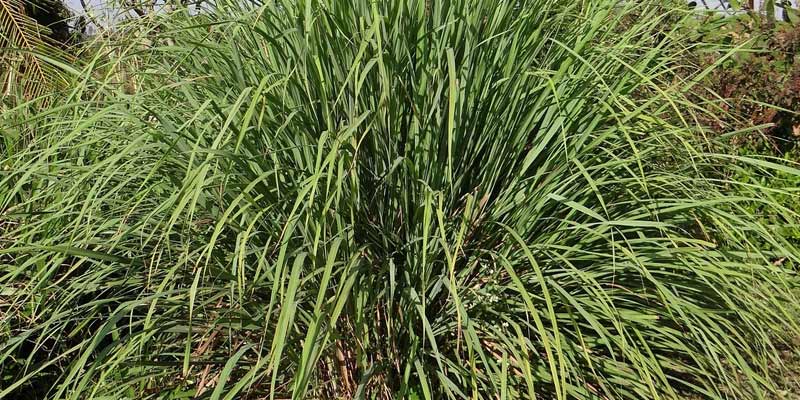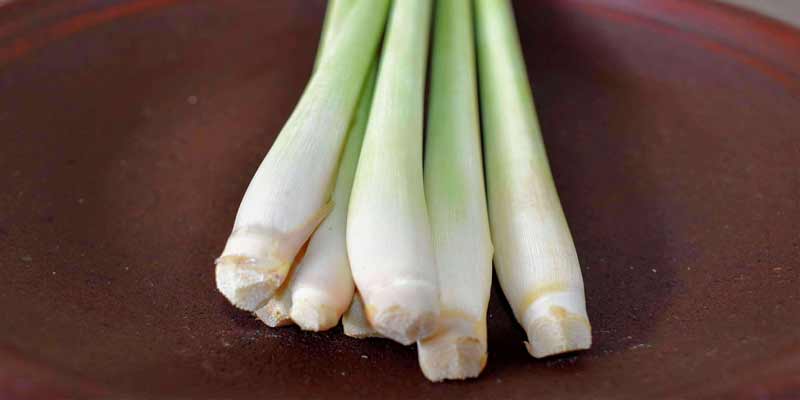With its citrusy aroma and culinary versatility, lemongrass infuses a refreshing zest into dishes and beverages. Indeed, it is an essential ingredient in many cuisines. Moreover; beyond merely serving as a flavor enhancer, this herb boasts several other significant uses: it harbors medicinal properties, doubles as a natural insect repellent, and even provides relief from anxiety. The cultivation of such fragrant herbs at home can be rewarding; however—successful growth hinges on timing: precision is crucial.
This guide delves into the ideal conditions and timing for planting lemongrass, an endeavor that guarantees a flourishing addition – whether in your garden or indoor space.
Understanding Lemongrass
One must first familiarize oneself with lemongrass before delving into planting schedules. Known as Cymbopogon citratus, thriving in warm climates and native to tropical regions such as Southeast Asia and Africa.
This perennial grass – a member of the Poaceae family – typically grows in clumps. Its features include long, slender blades that emit a distinct lemony fragrance.
Ideal Conditions for Lemongrass
Regions with abundant sunlight and well-drained, loamy soil foster the flourishing of lemongrass. To thrive, it necessitates a minimum of six daily hours in sunlight.
Although lemongrass can tolerate different soil types; it shows a preference for slightly acidic to neutral soils, specifically those with pH levels between 6.0 and 7.5.
When to Plant Lemongrass
Planting lemongrass requires precise timing to flourish in warm temperatures. Optimal conditions for outdoor lemongrass planting manifest during the spring months when temperatures persistently hover above 60°F (15°C).
However, in colder climates; one ought to exercise caution and delay this process until the threat of frost recedes, a preventive measure against potential damage to tender seedlings.
Consider initiating the indoor cultivation of lemongrass, or in regions with shorter growing seasons, starting it indoors several weeks prior to the last frost date. This strategy enables seedlings to establish robust roots and bolster their strength before you transplant them outdoors.
Preparing for Planting
Prepare the soil for lemongrass planting by loosening it to a depth of at least 8 inches (20 cm); incorporate organic matter such as compost or aged manure to enhance both texture and fertility.
When you choose container planting, ensure that your containers feature drainage holes: this precaution prevents waterlogging—a condition capable of inducing root rot.
Propagating Lemongrass
Seeds, divisions, or stalks serve as potential propagators for lemongrass. Although the option to grow lemongrass from seeds exists, it demands a significant investment of time and presents erratic germination rates.
Opting instead to propagate from divisions or stalks promises quicker results with greater reliability.
Divisions
Mature lemongrass clumps should be divided into smaller sections; each division must have several healthy stalks and roots attached.
Next, plant these divisions in prepared soil, and space them apart by 2 to 3 feet, thus ensuring ample room for growth.
Stalks
To propagate lemongrass from stalks, one must choose fresh and healthy ones from a reputable source or grocery store; subsequently, trim the selected stalks to eliminate any damage or discoloration–leaving around six inches (15 cm) of intact length.
Finally, these pruned portions into a jar filled with water and make sure that their bottom ends are fully submerged in it. Change the water every few days; within a span of 1-2 weeks, anticipate root development.
Upon emergence of roots, transplant the stalks into either prepared soil or containers.
Planting Lemongrass
Ensure you plant lemongrass with its crown—the juncture where the blades sprout from the stalk—at ground level or just above it; this strategy prevents rotting.
Firmly, yet gently press soil around the base of your plant—then water generously—to encourage root establishment and settle down loose earth.
Caring for Lemongrass
After planting, regularly water to maintain an evenly moist soil – avoiding waterlogging. In periods of drought, escalate the frequency of watering; this is particularly crucial for container-grown lemongrass – they tend to dry out more rapidly.
Promote healthy growth and vigor by applying a balanced fertilizer every 4-6 weeks throughout the growing season.
Pruning and Harvesting
Regularly prune lemongrass to stimulate new growth and prevent overcrowding by removing any damaged or dead leaves as necessary. Trim back overgrown clumps with precision, maintaining their shape and vitality.
For harvesting tasks, patiently await until the stalks of lemongrass reach a minimum height of 12 inches (30 cm), then execute cuts at the base using sharp, clean shears.
Optimal flavor and fragrance results from harvesting in the morning, when the essential oils are most concentrated.
Conclusion
Understanding the optimal conditions and timing for planting lemongrass allows you, whether a seasoned gardener or novice enthusiast, to cultivate this versatile herb. An endeavor that not only adds vibrancy to your garden or indoor space but also provides an abundant supply for culinary and medicinal purposes. A thriving crop of lemongrass delights the senses; and enhances culinary creations: it is a rewarding pursuit.


Leave a Reply